In order to survive in today's competitive world, motivational books, inspirational lectures, seminars, workshops, etc. are held very successfully. The main thing in it is the emphasis on positivity and the neglect of negative things. Because psychology as well as the theory of creation is that what you pay attention to grows.
Now talking about Shiva, Shiva is the knower of all the vidhas. Lord Shiva is the originator of Jyotish Shastra, Yoga Shastra, Dance Vidhi, Grammar, etc. In all matters related to Vedic, puranic, sansariak or shastras, the shiva element is the only one who exists. Our body is governed by prana, apan, waian, sama, udaan, nag, kurma, crikal, devdutt, and dhananjaya with these ten types of prana. We know that when prana leaves the body, only the dead body is left. One of the various types of prana mentioned above performs the function of blood circulation. So one does the subtle work of removing useless toxins for the body, opening an eyelid, an eyelid.
Rudri: Shiva Aradhana
Rudri We all must have heard somewhere or the other, whether it is Rudra or Laghurudra in this Shiva temple today. The best lesson for the Brahmins as well as the Shiva worshippers to appease Shiva is rudri. It is said of Rudra that "Rut Solutti Iti Rudra" i.e. Rut, that is, the cause of misery and misery, what removes and destroys it is Rudra. And the praise for pleasing the Rudra form of such Shiva is Rudra. The mantras in the Vedas about Rudra are called Shukla Yajurvedaiya, Krishna Yajurvedaiya, Rugvedaiya mantras. Shukla Yajurvedaiya Rudra mantras are more popular in Saurashtra - Gujarat. Since this stuti of Rudra has the main eight chapters in Rudra, it is called Ashtadhyayi. The main eight idols of Rudra in this hymn are Prithvi, Jal, Teja, Vayu, Akash, Moon, Sun and Spirit. There is a description of its forms.
In these chapters in a gross way, in the first chapter there is a praise of Ganapati, in the second chapter there is a praise for Lord Vishnu, in the third chapter there is a praise of Lord Vishnu, in the third chapter there is a praise for Indra, in the fourth chapter there is the praise of Suryanarayana, in the fourth chapter it is the praise of Rudra, in the sixth chapter there is the praise of Mrityunjaya, in the seventh chapter there is the praise of the god Maruta and in the eighth chapter there is the praise of the god. As well as the Shivalinga contains all the gods, these eight chapters can be spoken while performing abhishek on the Shivling.
The Pancham Adhyaye which is the main part of this stutti has 66 mantras. One to four chapters, then the frequency of the fifth chapter eleven times, and then the recitation of six to eight chapters is counted as one rudra. The main thing that is to recite the fifth chapter of Rudra eleven times is also known as Ekadashi . This lesson before Shiva is spoken with a certain ascent, descent and pure pronunciation, it is called the pathetic rudra. Along with this recitation, if the anointing of water or other substances on the Shivalinga is going on, it is called Rudrabhisheka , and if you perform yagna in this way, then it is considered to be a homavati rudra.
Instead of taking the frequency of the fifth chapter 11 times in a row, the method of taking it together with the eighth chapter is called namak - shine. Now if the Pancham chapter is frequencyd 121 times, it is called Lagarudra. The 11 frequencies of Laghurudra are called 'Atirudra', the 11 frequencies of Maharudha and Maharudra are called Atirudra , 1 lesson of Rudra cures the diseases of children, 3 recitations of Rudra provide relief from trouble, the 5 lessons of Rudra do not have a negative effect on the planets, the 11 lessons of Rudra give riches and political benefits. With the 33 recitations of Rudra, wishes are fulfilled and enemies are attained. Through the 99 recitations of Rudra, the son, grandson, dhanya, dhanya, dharma, artha and moksha are attained.
Rudrabhisheka is one of the best ways of worshiping Shiva as the listening to Vedic mantras and the energy of the temple make the seeker tense. Apart from this, Lord Krishna calls the set of 11 mantras that he had shown to Arjuna during the Battle of Mahabharata as "The Puranakat Rudrabhisheka". By doing this lesson 11 times, one rudra will be rewarded. The pronunciation is easier. At present, this lesson is more popular among the people, though the rudra of the Vedas mantras is a delight. If the 11 lessons of the fifth chapter of the Vedic Ruddhi cannot be done due to lack of time or for other reasons, then recite it in a row. In it, spiritually, one's mind - intellect - kavach - heart - eye - as well as the vedic ruchas that make matters of relation clear- Shukla Yajurvedi The continuous recitation of Vedic Rudri is a good astu.
1 thoughts on “Why worship Shiva ?”
Leave a Reply
Your email address will not be published. Required fields are marked *
RECENT NEWS
- 4 schools in Ahmedabad fined Rs 5 lakh each: FRC action against Vedanta International, Tulip International, James GeneCC and Shiv Ashish School for violating rules
- Accident: Slab of house collapses on fourth floor of Kishanwadi Wooda house, couple trapped
- Turmoil: Vegetable market locked, traders forced to do business on the road
- Action: A man was caught roaming around with fake number plate in a four-wheeler car in Botad.
- When the police questioned the accused's wife, she said, "We don't have any jewellery.



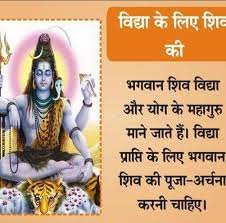
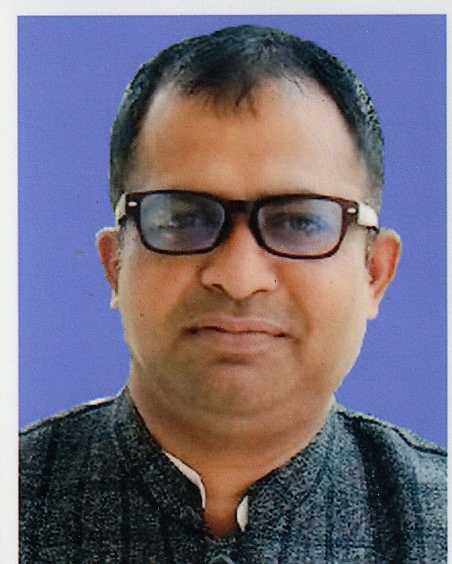



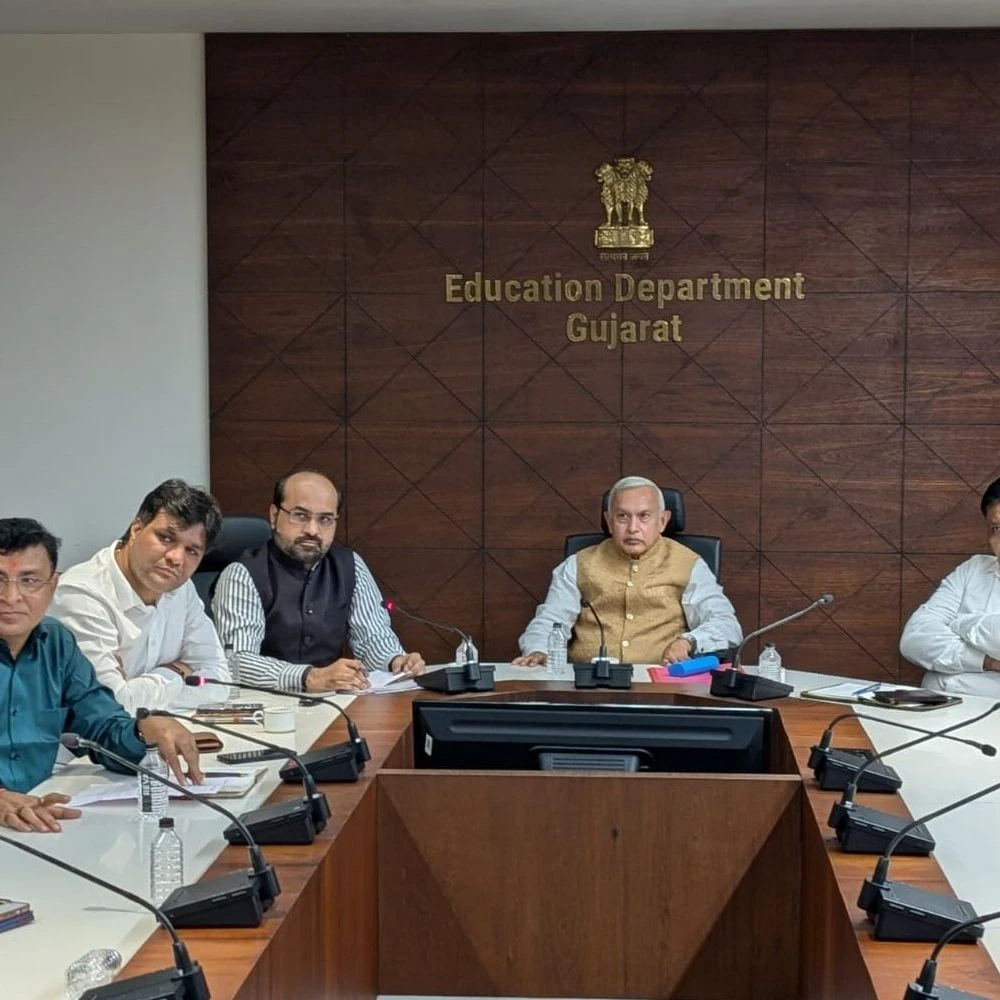

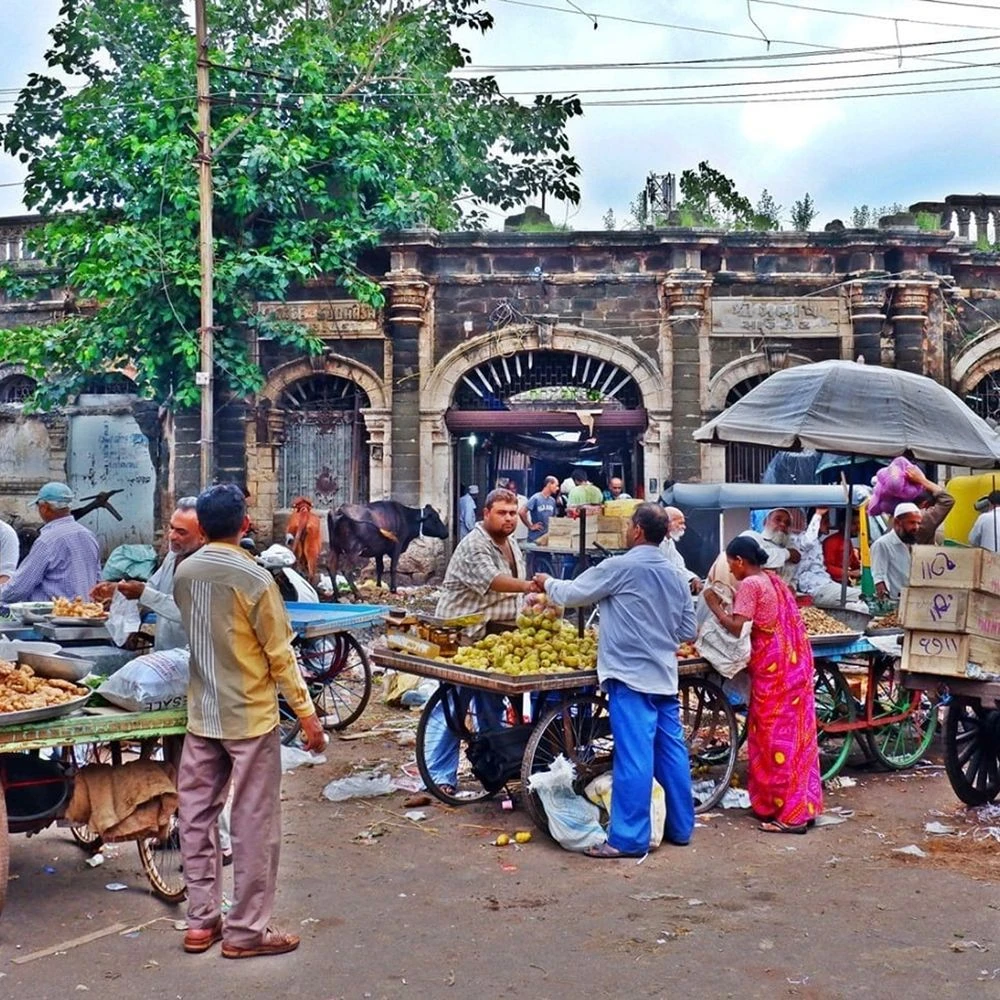
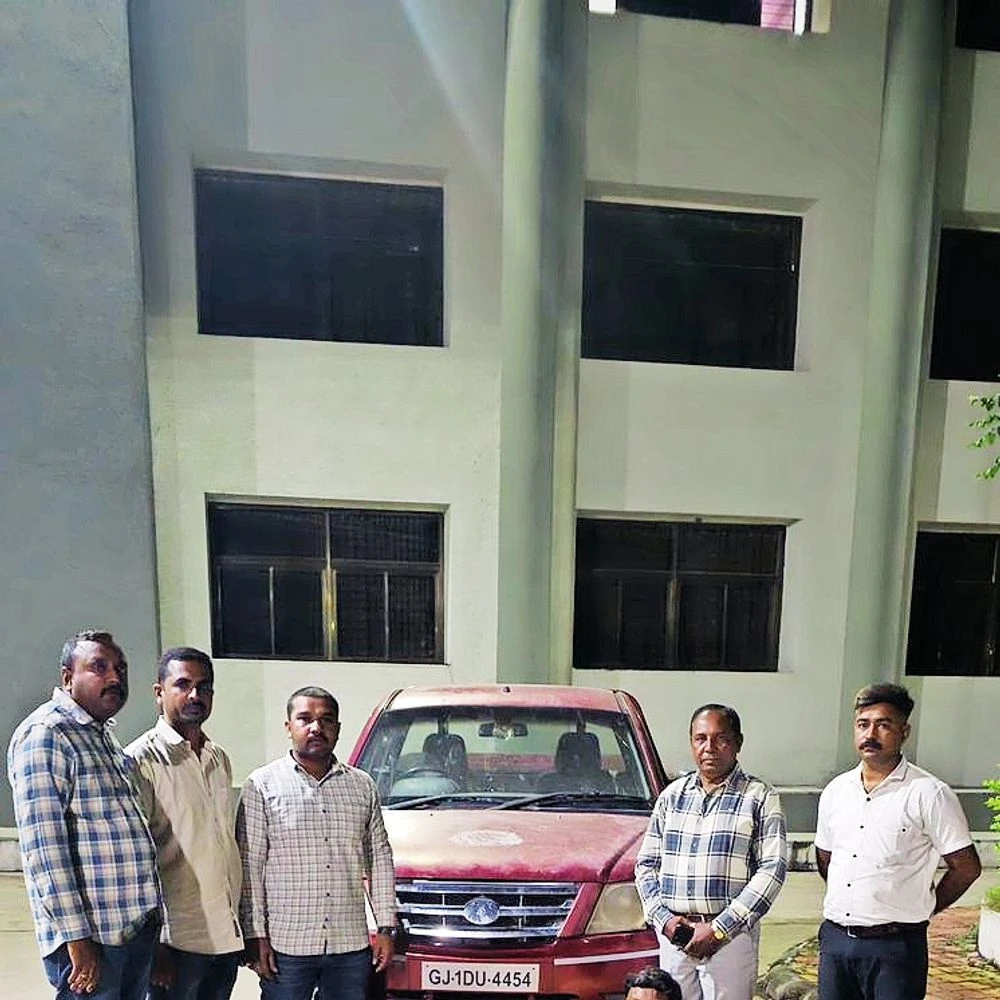

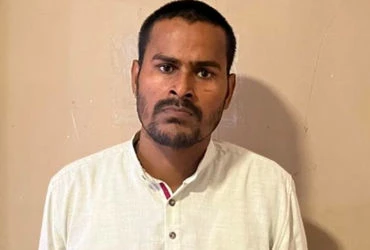
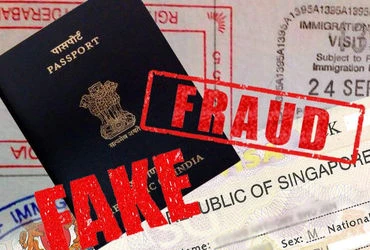
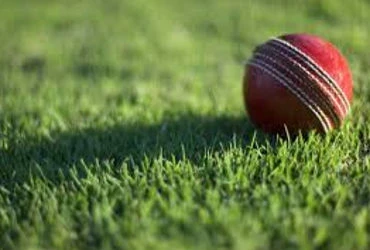




Samir Parmar
Great Rajulji...!!